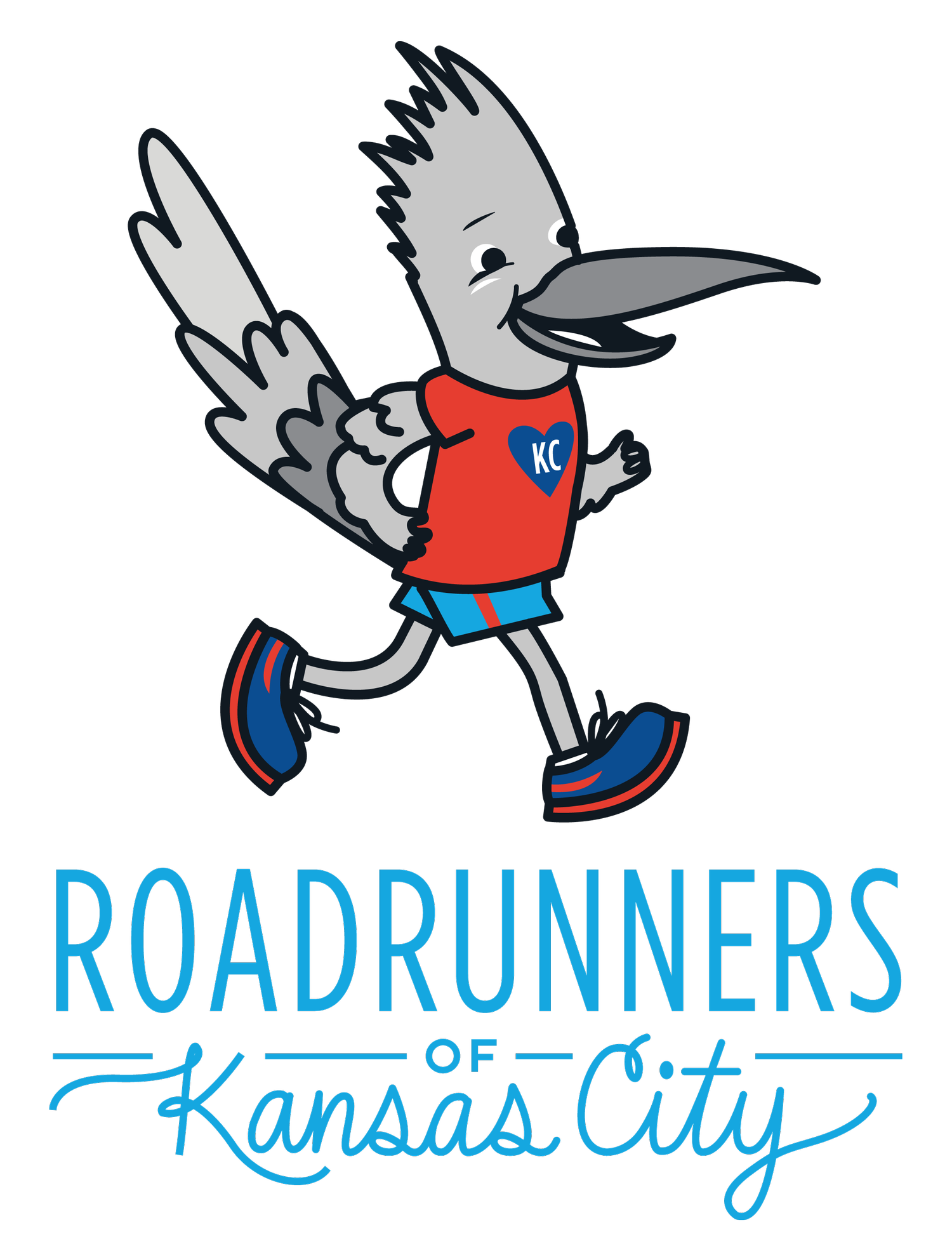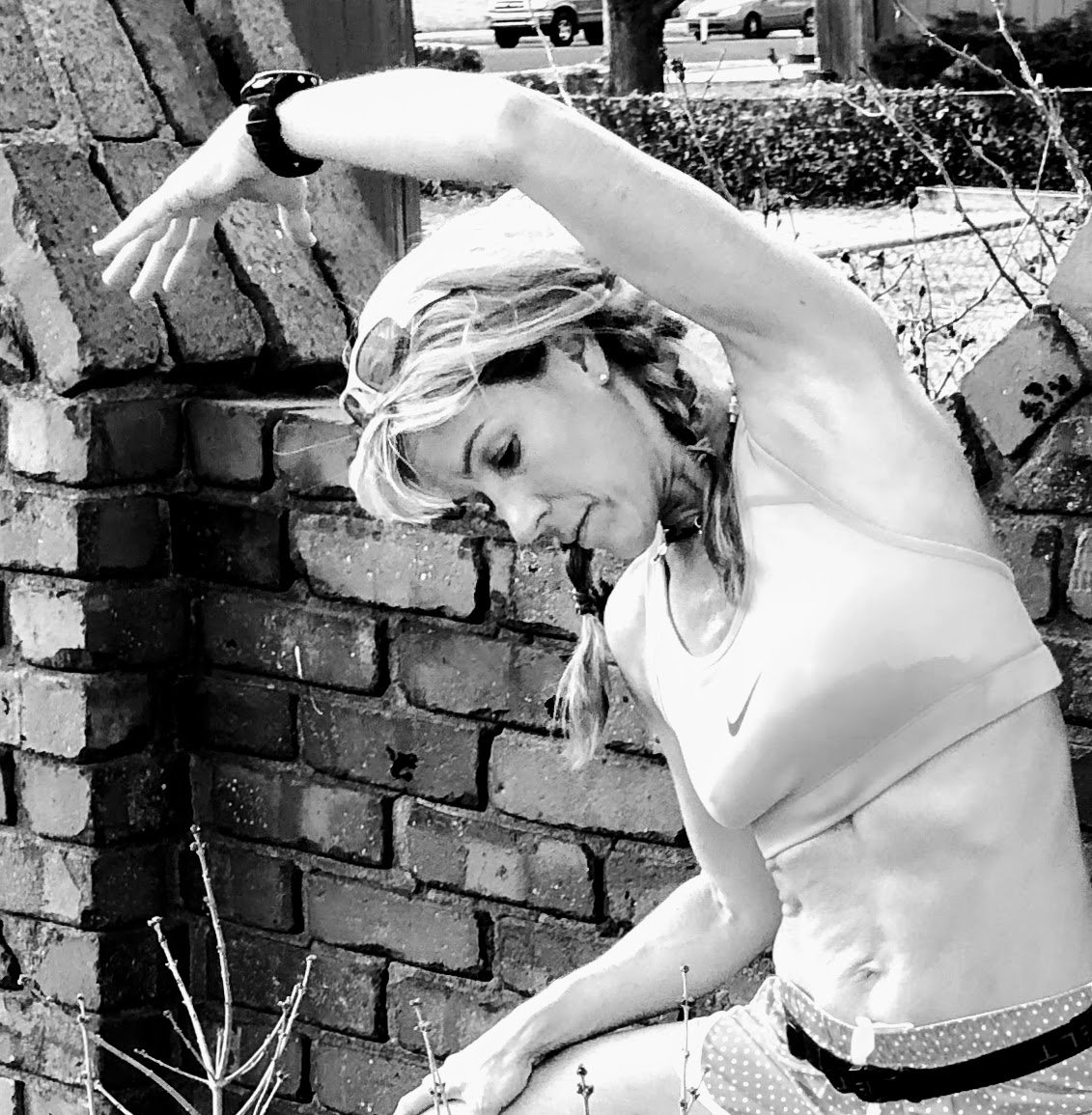What is a Race Plan?
A race plan is a thoughtful, detailed document outlining your goals, strategy, schedule, and more. It is as unique to you as your training plan. Your coach can help guide you in developing your race plan.
Many of the tips in this blog post are helpful for triathletes and runners, but this post is geared towards preparing for a running race and does not include all the intricate details required in preparation for a triathlon.
Race plans outline details for the following aspects of a race.
Race Day Goals
There are variables on race day that you cannot control. For example, a Fall race in the midwest that is usually 50 degrees may turn out to be 95 degrees, your right foot may land in a pothole, causing you to fall and skin your knee, or you may have some gut issues and end up pooping your pants. All of these things have happened to me!
Flexibility is essential because of the many variables out of your control; therefore, I recommend stashing several goals in your back pocket. Race day goals should include subjective (non-time related) and multiple objective finish time goals.
Objective Race Goals
Your finish time depends on your race experience and current run fitness rather than your original training goals. It is also dependent upon the race course itself.
Your coach can provide a realistic, achievable range based on your recent training performance. These should include a best-case scenario - all the starts align - time, and a few finish times considering uncontrolled variables.
I do not recommend that novice athletes set pace goals for a race. The main objective for newbies is to finish the race healthy.
All athletes, novice and otherwise, should include a plan to finish and an exit strategy to discontinue if needed for dangerous situations like illness, injury, or other medical emergencies.
One of an athlete's hardest choices is not to finish or DNF. My foot became numb during the first three miles of a half marathon, and I decided to discontinue the race because it altered my form so that I could have become injured even further. It was the right decision to honor my body, but carrying that unfinished "monkey on my back" was frustrating until I could race again the following season.
Subjective Race Goals
A race plan can also include subjective goals like running with a friend to help them achieve their race goals, enjoy the race environment, and meet new friends along the way.
If things don't go your way on race day, for example, the conditions are so poor that there is no way to achieve a performance goal, one of your options is to pull a subjective plan out of your pocket!
During my first ten years of racing long distances, I was so absorbed in meeting specific pace goals and qualifying for Boston that I could not understand how some runners in my run group could stop in the middle of the race and take pictures! I thought they were crazy. Several decades later, I get it. While I have yet to stop and take photos, I now include enjoying the race environment as a part of my goals.
Race Strategy
Race strategies include plans for pacing, fueling, and tackling the unknown.
Pacing Strategy
Your race strategy takes into account your goals, particularly objective pace goals. Your coach will help you decide how to warm up, whether you will negative split, line up with a pace group, walk through aid stations, run: walk, or another strategy that is unique to your needs and goals, current fitness level, and in keeping with how you trained.
Fueling Strategy
Your race strategy includes your hydration and fueling plan, which you practiced on all long runs during your training and should stay the same! That consists of the what and when. Again, nothing new on race day.
Overcoming Variables Strategy
Lastly, your race strategy should incorporate how you plan to overcome common challenges like "hitting the wall" in a marathon or developing a bloody blister. Discuss this with your coach.
Race Schedule
Your race schedule depends on several factors, including your pre-race needs for fuel, travel time to the race, parking time, pre-race potty stops, and warmup routine. It is dependent on the specific race.
For example, races with a field of 50,000 runners like Chicago, New York, and Boston have specific lineup times, restricted chute access, and challenging travel logistics. Races with a much smaller field may only require a few steps and take only minutes to get from the waiting area to the starting line.
One to Two Days before a Race
What should you do in the days leading up to a race?
Relative Rest
Avoid spending over-exertion; you can tire yourself at an expo and by touring the day before a race. It seems innocuous because you are excited, it is fun, and you are "just walking," but unless you trained by walking for hours and hours the two days before all your long runs, don't do it now. It will impact your race. I speak from experience: I toured around Boston two days before my first Boston Marathon and struggled to finish that race.
Packet Pick-up
Pick up your packet at the race expo. See relative rest above.
Weather
Check the weather forecast. It can impact your travel time, race goals, and attire, including your pre-race warmup gear. See Race Checklist/Supplies.
Nothing New is Good News
Do not do anything new! Do not buy new run shoes, try the latest gadget, or get a free massage at the expo.
The Night before a Race
What are your plans for the night before your race?
Dinner
What are you going to eat for dinner and when? Dinner plans are tricky if you are traveling or have special dietary needs. Most athletes should avoid greasy food, fiber, dairy, and alcohol. Stick to what worked for pre-long run dinners!
I've had red wine the night before a half marathon and set a personal record (PR); for years, I've teased that this was a PR Pinot. But, realistically, the training led to the PR, and perhaps, had I not drunk the Pinot, I would've run even faster.
I’ve also pooped my pants during a race, most likely because I ate a pre-race mushroom risotto dinner. I repeat, nothing new or fatty and rich!
Get Ready
Lay out your race items (see Race Checklist/Supplies).
Charge your smartwatch/phone.
Pin bib to your race top. Most bibs now include the timing chip.
Secure your timing chip if not incorporated into the bib.
Plan your departure time.
Consider the distance to the race start and the competition for parking. Many races include parking and travel time suggestions on their website and at the packet pick-up/expo. Consider everything you need to do the morning of the race, including before your departure and once you arrive. See Race Morning Schedule
Plan your wake-up time.
Set your alarm based on your Race Morning Schedule.
Watch this hilarious clip of a Seinfeld episode when Jerry is responsible for waking up an Olympic marathoner before the NYC marathon. Episode
Race Morning Schedule
This schedule includes the period before departure to when you line up for the race.
Before Departure
Eat pre-race breakfast. When and what? Do what you practiced during training! Nothing new!
Get dressed - this is easy because you laid everything out the night before.
Potty - this is a big one. Many athletes like to get that morning poop out of the way.
Go through your supply checklist and make sure you have everything.
Once you arrive
Do you need to visit the porta pots? Doing this before the lines get long and maybe one more time after your warm-up is a good idea.
Scope out your lineup area/pace group.
Maintain your hydration and body temp during this time. Seek shade if hot and sunny. Stay warm with layers and protect yourself from the wind if it is cold (see supply checklist). Conserve your energy!
Warm-up. Discuss this with your coach. It will vary depending on your goals. Nothing new!
Line Up and Starting Line
Your line-up time is race-dependent. If there is no requirement by race officials, plan to line up around 10 minutes before the race. Again, many large races will close their gates at a specific time.
Stay warm and race-ready. Stay mobile with dynamic movements, but do not spend 15 min jumping up and down with nervous energy or trying to keep warm!
Drink 4 oz of water about 5 min before the race begins.
Postrace
Where and how will you meet up with friends/family? Many big races have a staging area for this. Make your plans ahead of time.
Race Checklist/Supplies
Plan what you need on race day.
Typical Items Athletes Need on Race Day
Smartwatch
Phone? Carrying case/belt?
Hydration and nutrition
Race bib
Timing chip if not incorporated on bib
Shoes and socks
Race outfit, considering the weather
Pre-race warmups (see below)
Hat, ear warmers, or sunvisor?
Sunglasses, contacts?
Special or unique needs (see below)
Pre-race Warmups
Don't wear your favorite warmups or expensive gear. Athletes typically stay warm by wearing items they throw off after a mile. Volunteers pick them up for the city, and are later donated.
Choose items to keep you warm or dry - e.g., a plastic trash bag in the rain, an old sweatshirt/sweatpants, and cheap gloves. At many of my group races, we hit up a thrift store the day before a race and grab what we need - several of us have purchased old robes to line up in!
Unique Items an Athlete may need on Race Day
My husband is a Type 1 diabetic and had to ensure he packed his sugar pills and medical devices for his triathlon. What special items will you need?
You've spent time and effort training for your race and owe it to yourself to develop a thorough race plan that helps you execute! Your coach can review and assist in the development of a solid plan.







